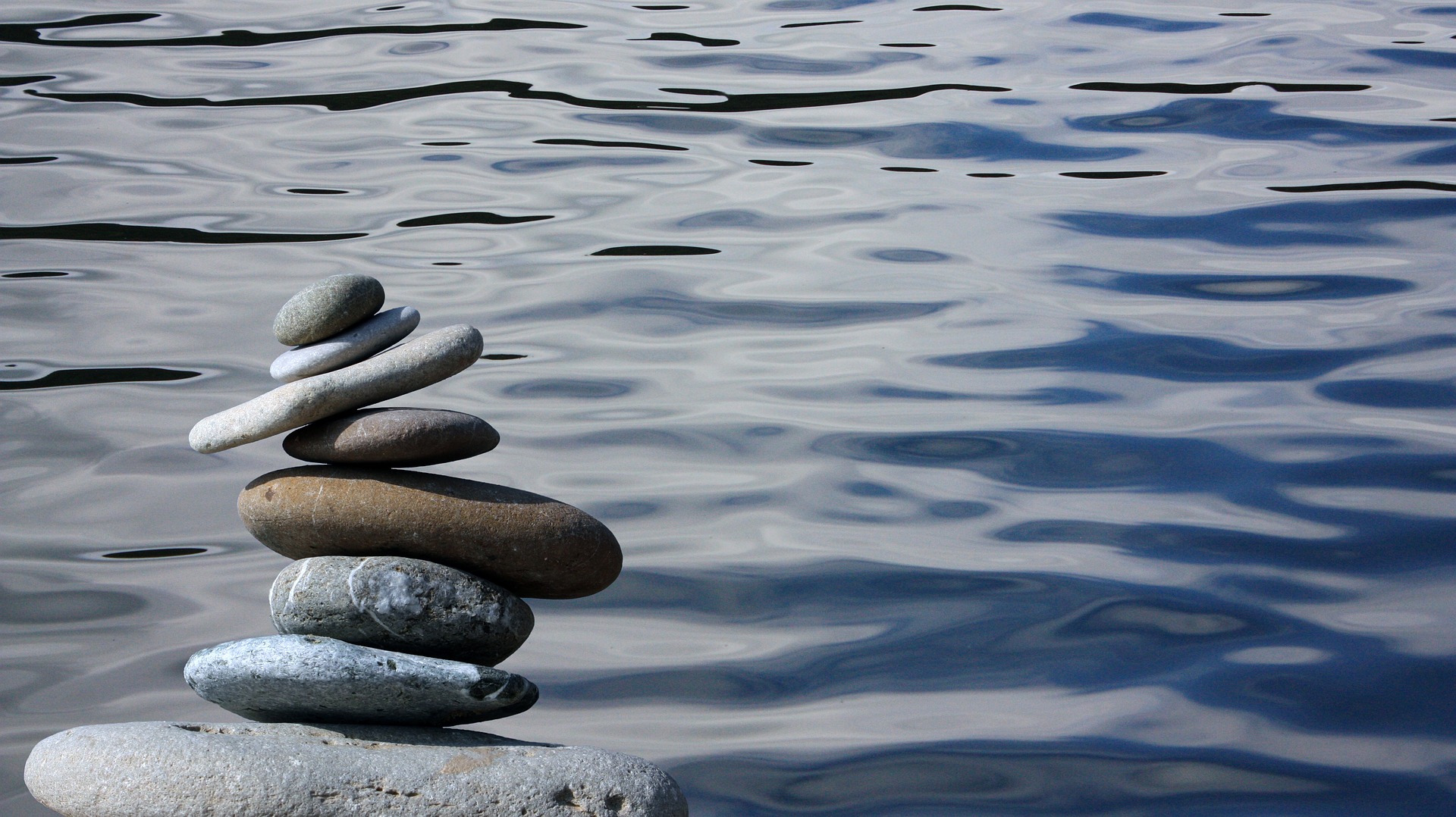
FAQs
Why are hydrants flushed?
Periodically, you will see Water Guy personnel releasing water from hydrants. Hydrant flushing is necessary to test the hydrants to make sure adequate flow and pressure is available. Flushing is also done to remove sediment from the pipes in order to maintain water clarity and quality in the distribution pipes.
Is my water safe to drink after flushing?
Your water is safe to drink. Occasionally, water becomes discolored after hydrant flushing. If this happens, run your cold water tap for a few minutes until the water clears.
How can I found out if hydrants will be flushed in my area?
Information regarding hydrant flushing can be obtained by calling our OFFICE at 307-299-3544.
The Following Water Issues are easily Remedied
Rusty Water
As described in the previous section, fire hydrants are periodically opened to flush water mains in the system. Additionally, Fire, Public Works Department and Water Guy personnel routinely use hydrants to make assessments as to whether adequate pressure and flow are available to satisfy normal system demands as well as the increased demand required in the event of a fire. These actions, as well as some construction activities, may result in brief periods during which you may observe moderate discoloration in your tap water. In addition to following the suggestions outlined previously, you should be aware that Water Guy is involved in an aggressive water main cleaning that will in good measure reduce the occurrence of this problem.
Cloudy / Milky Water
In the late fall and winter months the water that enters your homes can be quite cold. When this cold water enters your home plumbing, it is exposed to significantly warmer temperatures. This causes dissolved oxygen, that can reach and significantly higher levels in colder water than in warmer water, to escape in the form of “micro-bubbles” that can give water a cloudy appearance. If a glass of this water is allowed to sit for a short period of time the cloudy effect will dissipate.
White Particles in the Water
It has been determined that a number of hot water heaters manufactured between 1993 and 1997 may have defective cold water supply dip-tubes. These tubes are designed to direct the cold water entering the heaters to the bottom, thereby forcing the previously heated water to the hot water outlet near the top of the tank. The defective dip tubes have been found to separate from the cold water inlet and, over time, disintegrate into minute pieces resembling crumbled eggshells. This material can readily clog sink aerators and showerheads but is said to be non-toxic.
Off-Taste
Over the years, numerous cases of off-taste complaints have been resolved favorably when customers have been advised to disconnect out-door garden hoses. Often these hoses, with nozzles attached, can be found in a collapsed condition. It appears that in these cases, the rubber-like or plastic-tasting water that had been in the hose could, under the right conditions, be pulled back into homes by partial vacuum pressure.

